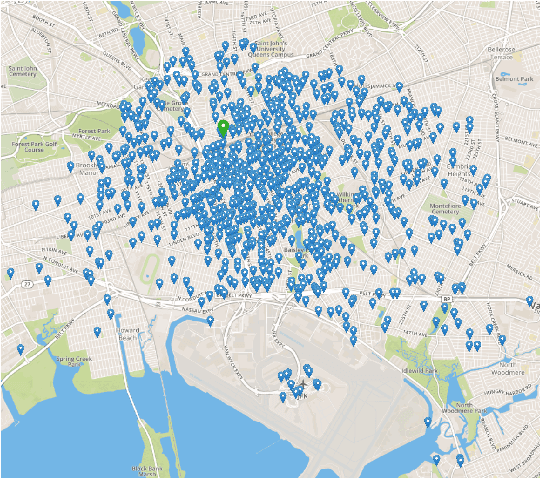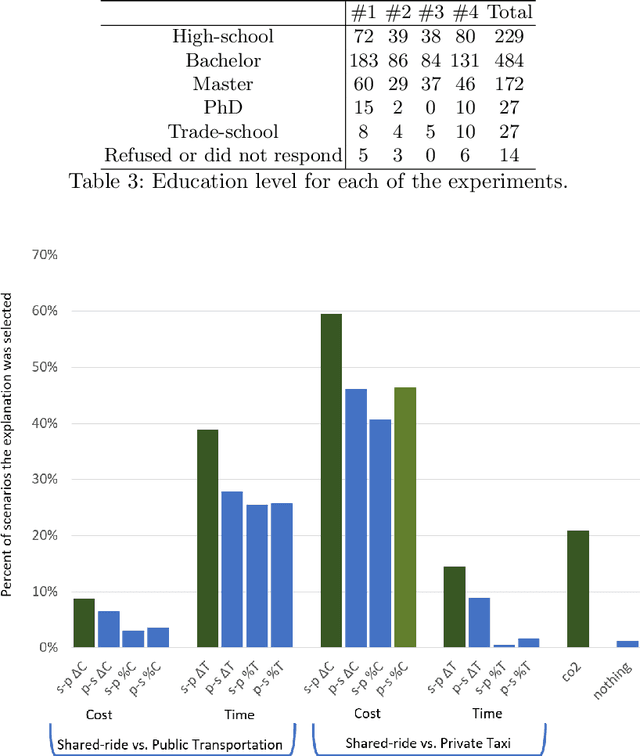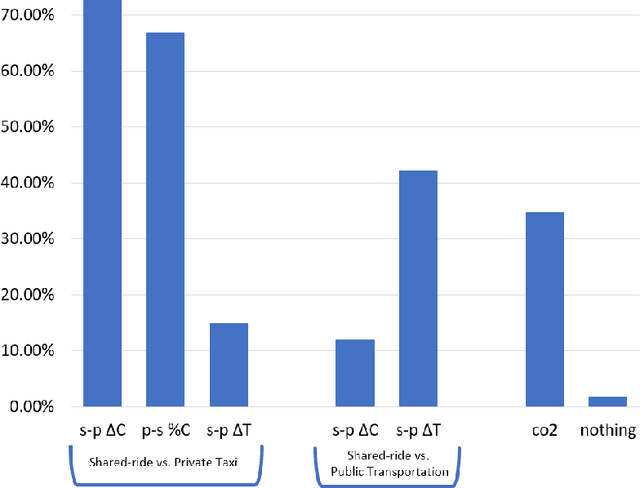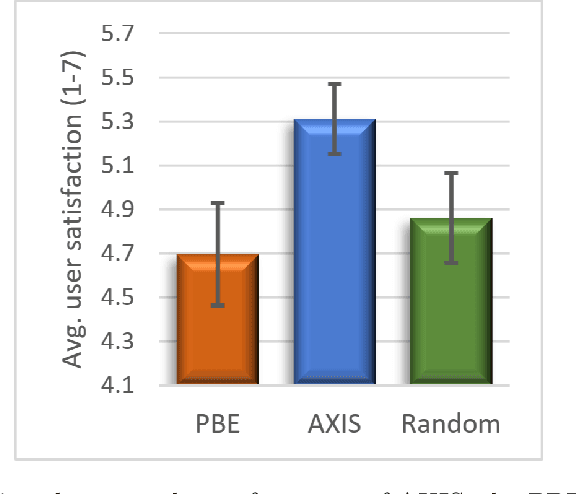David Zar
Align With Purpose: Optimize Desired Properties in CTC Models with a General Plug-and-Play Framework
Jul 06, 2023



Abstract:Connectionist Temporal Classification (CTC) is a widely used criterion for training supervised sequence-to-sequence (seq2seq) models. It enables learning the relations between input and output sequences, termed alignments, by marginalizing over perfect alignments (that yield the ground truth), at the expense of imperfect alignments. This binary differentiation of perfect and imperfect alignments falls short of capturing other essential alignment properties that hold significance in other real-world applications. Here we propose $\textit{Align With Purpose}$, a $\textbf{general Plug-and-Play framework}$ for enhancing a desired property in models trained with the CTC criterion. We do that by complementing the CTC with an additional loss term that prioritizes alignments according to a desired property. Our method does not require any intervention in the CTC loss function, enables easy optimization of a variety of properties, and allows differentiation between both perfect and imperfect alignments. We apply our framework in the domain of Automatic Speech Recognition (ASR) and show its generality in terms of property selection, architectural choice, and scale of training dataset (up to 280,000 hours). To demonstrate the effectiveness of our framework, we apply it to two unrelated properties: emission time and word error rate (WER). For the former, we report an improvement of up to 570ms in latency optimization with a minor reduction in WER, and for the latter, we report a relative improvement of 4.5% WER over the baseline models. To the best of our knowledge, these applications have never been demonstrated to work on a scale of data as large as ours. Notably, our method can be implemented using only a few lines of code, and can be extended to other alignment-free loss functions and to domains other than ASR.
Explaining Ridesharing: Selection of Explanations for Increasing User Satisfaction
May 26, 2021



Abstract:Transportation services play a crucial part in the development of modern smart cities. In particular, on-demand ridesharing services, which group together passengers with similar itineraries, are already operating in several metropolitan areas. These services can be of significant social and environmental benefit, by reducing travel costs, road congestion and CO2 emissions. Unfortunately, despite their advantages, not many people opt to use these ridesharing services. We believe that increasing the user satisfaction from the service will cause more people to utilize it, which, in turn, will improve the quality of the service, such as the waiting time, cost, travel time, and service availability. One possible way for increasing user satisfaction is by providing appropriate explanations comparing the alternative modes of transportation, such as a private taxi ride and public transportation. For example, a passenger may be more satisfied from a shared-ride if she is told that a private taxi ride would have cost her 50% more. Therefore, the problem is to develop an agent that provides explanations that will increase the user satisfaction. We model our environment as a signaling game and show that a rational agent, which follows the perfect Bayesian equilibrium, must reveal all of the information regarding the possible alternatives to the passenger. In addition, we develop a machine learning based agent that, when given a shared-ride along with its possible alternatives, selects the explanations that are most likely to increase user satisfaction. Using feedback from humans we show that our machine learning based agent outperforms the rational agent and an agent that randomly chooses explanations, in terms of user satisfaction.
 Add to Chrome
Add to Chrome Add to Firefox
Add to Firefox Add to Edge
Add to Edge